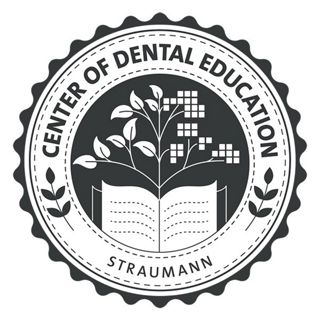Introduction
Full-arch fixed dental prostheses present high survival and success rates. In recent years, several clinical studies and systematic reviews have demonstrated that the early and immediate functional loading of dental implants can be as effective as those treated with conventional loading protocols1,2. Immediate loading of dental implants offers various advantages, including time savings, enhanced esthetic and occlusal function, elimination of temporary removable prostheses, avoidance of secondary surgical procedures, and the preservation of residual alveolar ridges3.
The following case report demonstrates the successful management of a 67-year-old patient with a hopeless dentition and the desire for a long-term fixed solution. Through a periodontal and orthodontic treatment and an implant-supported rehabilitation with six Straumann® BLT implants in the mandible and four Straumann® Tissue Level implants in the maxilla, we fulfilled her expectations.
The interdisciplinary approach employed in this clinical scenario reflects the collaborative synergy between dental professionals, each contributing their expertise to create a customized treatment plan that renews not only the patient's smile but also their confidence and quality of life.
Initial situation
A 67-year-old female patient without any relevant medical history came to the clinic seeking a solution for her oral health concerns. She stated that, for as long as she could remember, she had been experiencing feelings of embarrassment about her mouth. Her ongoing struggles with bleeding gums and loose teeth had significantly hindered her ability to eat and smile confidently. She expressed her desire for a fixed rehabilitation of her failing dentition and reiterated her inability to tolerate traditional full removable dentures at any treatment step.
The intraoral examination revealed a hopeless dentition with inadequately treated teeth in terms of preservation and prosthetic restoration. In the upper jaw she had two metal ceramic bridges at #16-14 and #24-27, which presented mobility and caries on the cervical area. The mandible had deep periodontal pockets, an active infection, mobility, suppuration, and bleeding on probing, and tooth 42 was especially affected (Figs. 1,2). Likewise, there was a root remnant in region 36.


